Dynamic group photographs and team photography
| Jenny Aston
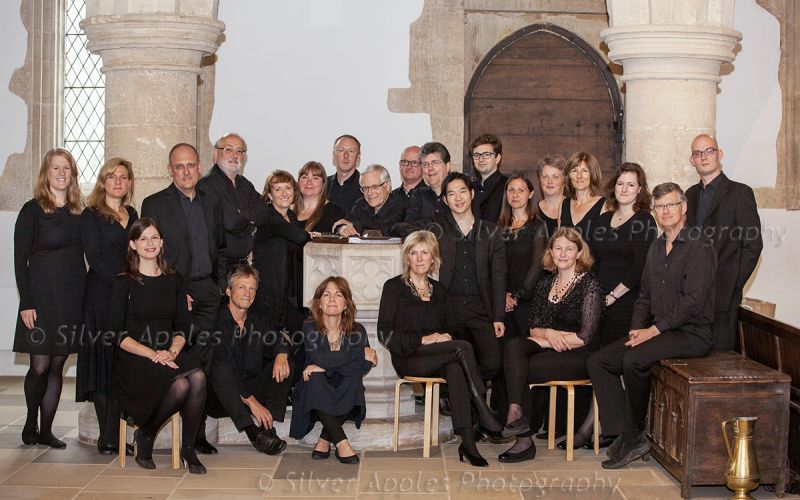
When it comes to dymanic group photographs, be it a press release, a corporate conference, or a formal gala, the role of a high-profile event photographer reaches far beyond merely pointing and shooting.
I was reminded of the ‘joys’ of group photographs after seeing a group picture on the Royal Family’s social media post which had the King with 5 people, all standing in a row. It could only be described as a scruffy photograph – the horizontals were squiff and everyone except for the king looked like rabbits in the headlights. It was a picture that did need to be taken; the King was meeting with leaders of industry and were doing important work, but the moment was lost in a dry, dull, careless image.
One of my specializations is in formal and informal group photographs, where the objective is to transform a static line-up of individuals into a dynamic composition that radiates energy and inclusivity. This is an art that demands not only technical skill but also a deep understanding of group dynamics, the hierarchy within the group, and the individuals’ unique characteristics. In this article, I’ll delve into my methodology and the strategies I employ to swiftly and positively direct group compositions, all while respecting the nature of the event and the participants.
The essence of group photographs
Group photographs, when executed well, are more than just a record of people standing together. The commission may be to record the presence of participants, promote an event, communicate a concept, celebrate an award or occasion, or team photography or a working group. My job is to illustrate a story, or to connect a group of individuals. The traditional approach to this type of photography often results in what I call “horrid rows” – static, lifeless, and devoid of character. This is exactly what I strive to avoid. Instead, my goal is to create images that are dynamic, inviting, and memorable.
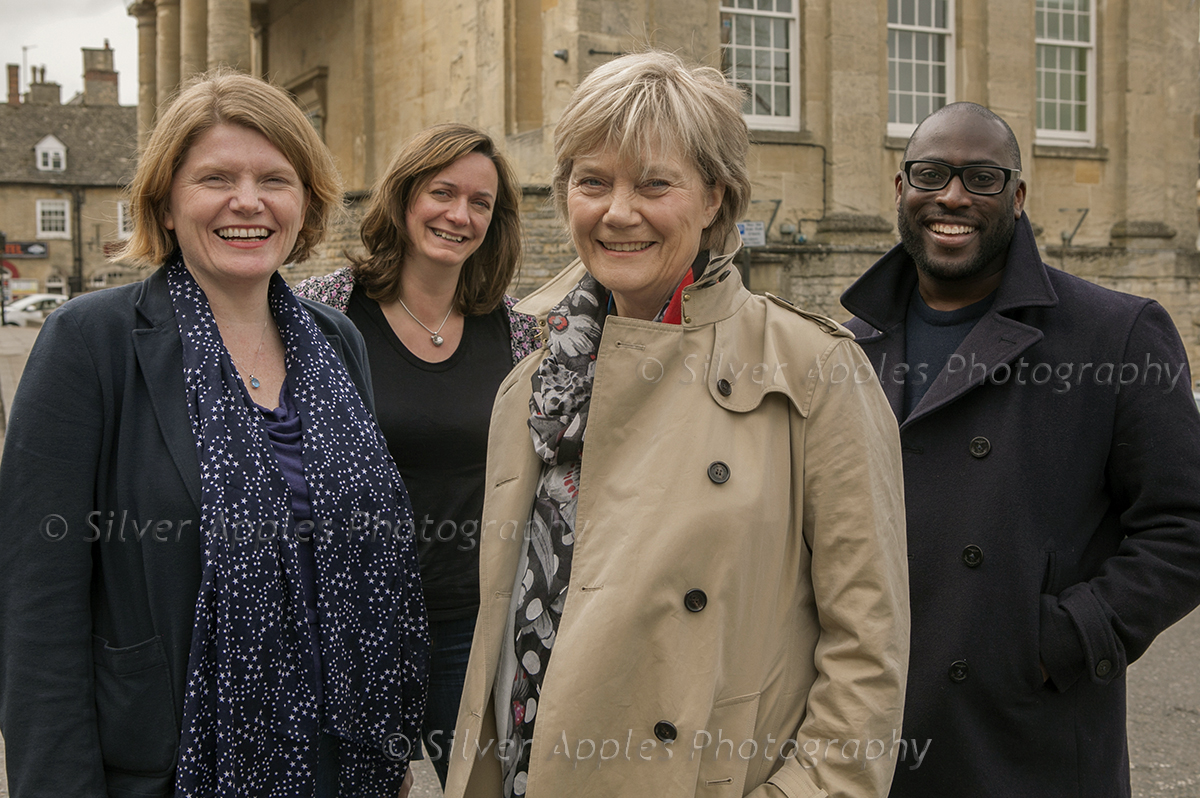
Knowing the subject
The first step in creating dynamic group photographs is to understand the subject. The second is familiarity with the people you’re working with. This goes beyond knowing their names and titles; it’s about researching who they are and why they are included. I spend a lot of prep time on Google, Wikipedia and company websites. When it comes to the job, then, consideration must be made in recognizing the unique characteristics of each individual. Height, build, and clothing are key elements that can greatly influence the composition of the group. For example, placing taller individuals towards the back and shorter ones in the front can create a balanced look, but it is a bit dull. Alternating dark and light clothing can add visual interest and variety, but again it is prescriptive. Often I will find the majority of people are wearing dark subdued colours and one person is in bright red. This is great. Height and colour need to be off-set, to disrupt balance and these considerations are what contribute to dynamic images.
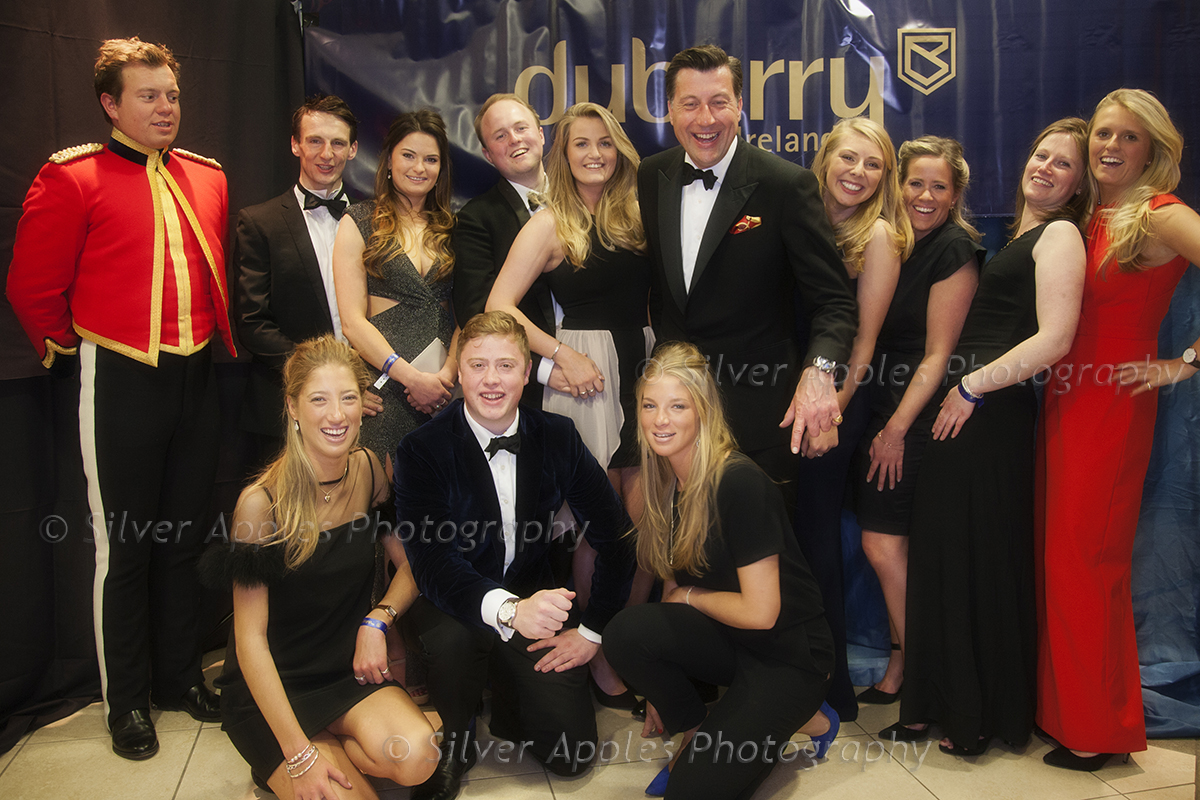
Acknowledging hierarchy
In many group situations, there’s a natural hierarchy that needs to be acknowledged. This is especially true in corporate and formal settings. As a photographer, it’s crucial to be aware of the power dynamics within the group. Knowing who the key figures are and positioning them appropriately is essential. However, this doesn’t mean that the photograph should feel rigid or staged. By employing subtle cues and body language, I can create a sense of hierarchy while maintaining a relaxed and inclusive atmosphere. Very high profile people are aware of group dynamics and are careful to stand straight to the camera, favouring neither those on their right nor those to their left. This is tricky for me visually but is absolutely correct. I have to compensate directing the rest of the group to bring in pictorial subtlety.
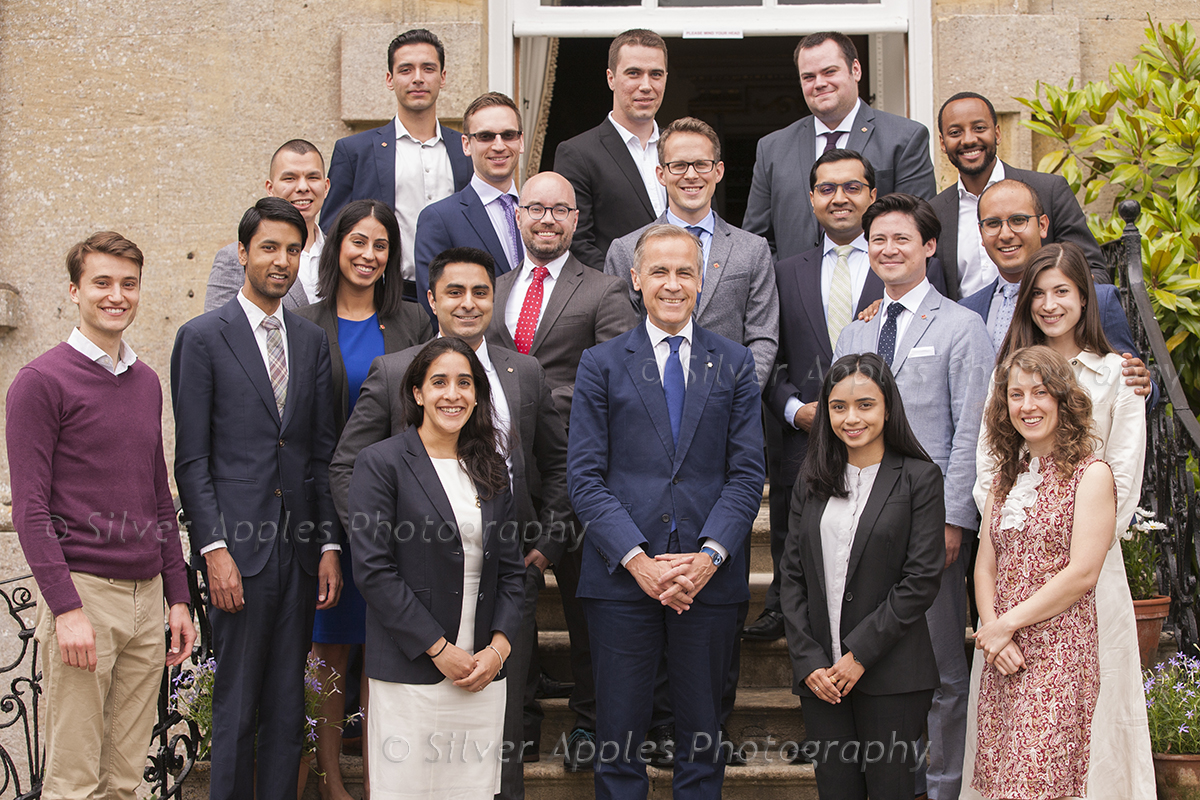
Working quickly and assertively
One of the biggest challenges in group photographs is the need to work swiftly and assertively without disrupting the event. People attend events to engage, celebrate, or conduct business, not to spend hours posing for photographs. That’s where my experience and expertise come into play. I communicate clearly and confidently with the group, giving precise directions to ensure everyone is in the right position. This includes suggesting adjustments in posture, facial expressions, and even engaging in light chat to help participants relax and convey genuine emotions.
Mindful of background and lighting
The background plays a vital role in setting the scene and creating context. Whether it’s a stately home, a conference centre, or a lush outdoor garden, I use the surroundings to frame the group. A dynamic group photograph is not just about the people; it’s about the entire composition. The background should complement the group and add to the overall story.
Lighting is another critical factor. There is no time to use photographers lamps, and they would completely remove the atmosphere of the event. Nevertheless, lighting must be strong enough to give a good enough depth of focus so that those at the forefront and those at the back are equally lit and focussed. It’s my responsibility to use the existing lighting conditions and make any necessary adjustments to ensure that the group is well-illuminated without harsh shadows.
Creating a positive atmosphere
In every event I cover, I aim to create a positive atmosphere that encourages genuine expressions and interactions. It’s about capturing the warmth and camaraderie among group members, even in formal settings. I always talk to the group to break the ice and put people at ease. This not only results in more natural expressions but also helps in building a rapport with the group.
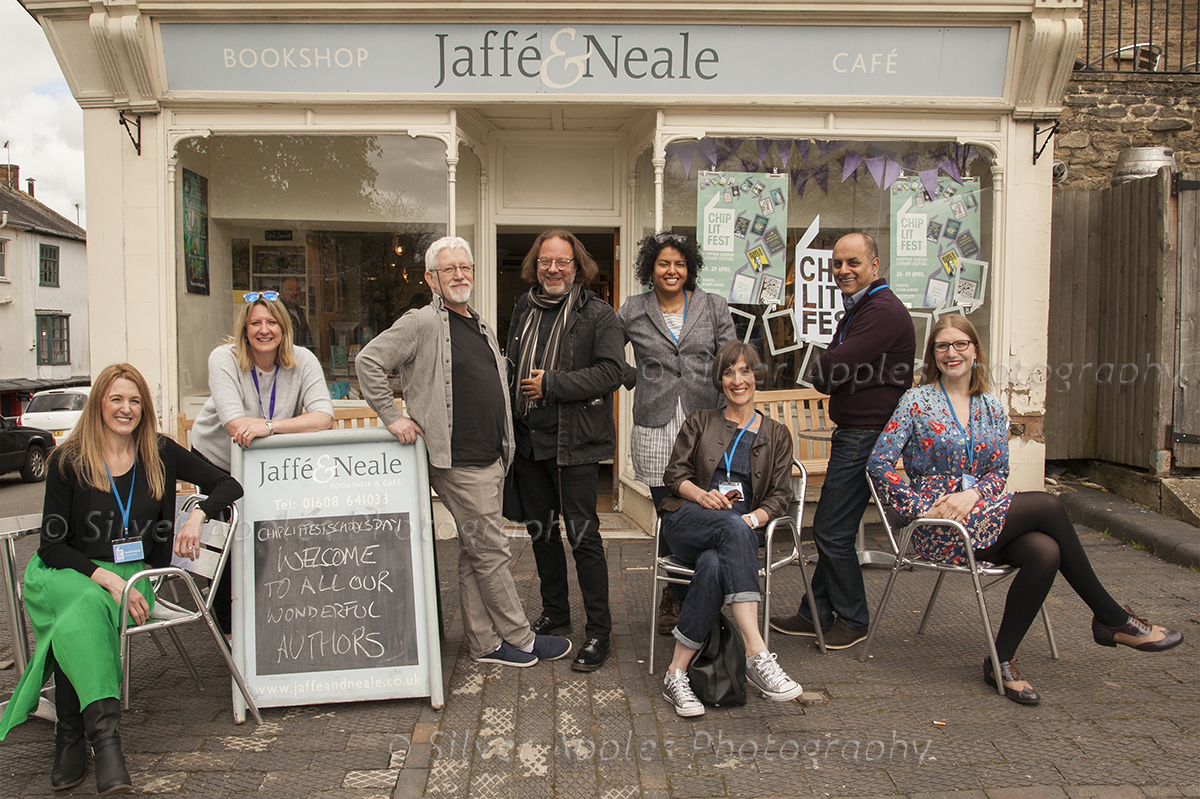
ED&I (Equality, Diversity, and Inclusion)
Now that diversity and inclusion are at last at the forefront of many organizations’ values, I bring my expertise in ED&I (Equality, Diversity, and Inclusion) into my photography work. This means being mindful of the composition, ensuring that everyone is positioned in a way that reflects their importance and contribution, regardless of their role, background, or appearance. The end goal is to create images that resonate with a diverse audience, fostering a sense of belonging and representation.
The contrast with static photography
The contrast between dynamic group photography and static, monotonous rows couldn’t be starker. The latter often feels cold, impersonal, and uncomfortable to look at. It fails to convey the true spirit of the event or the relationships among the participants. In contrast, dynamic group photography tells a story, captures emotions, and brings out the essence of the moment. It’s a visual representation of the connections, energy, and inclusivity present in the group.
Finally – how to create dynamic group photography
As a high-profile event photographer specializing in formal group photographs and team photography and ED&I, my methodology revolves around swiftly and positively directing the composition of a group while acknowledging the hierarchy of status. I strive to create dynamic images that tell a story, respecting the nature of the event and the participants. It’s a delicate balance of working quickly, assertively, and respectfully, all while considering the background and lighting, the physicality of the individuals (and clothing), and fostering a positive atmosphere of inclusivity. Dynamic group photography is not merely about taking pictures; it’s about creating images that capture the heart and soul of the event.
The Silver Apples Photography portfolio for group photographs and team photography can be found by clicking here
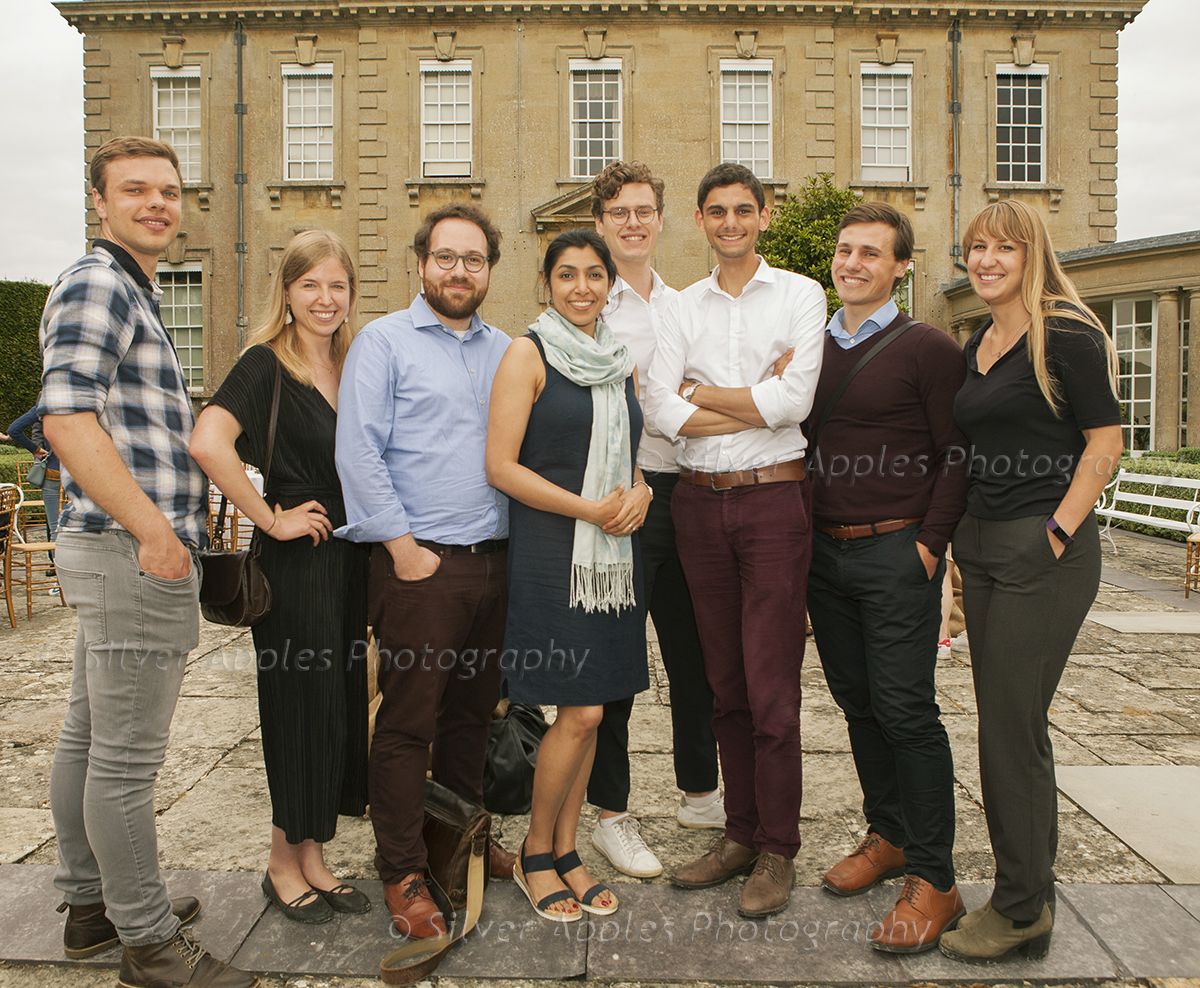
Blog posts:
Blog categories
- Author portraits
- Corporate event photographer
- Corporate Events
- Corporate photography
- Corporate portraits
- ED&I
- Equality diversity and inclusion
- Event photography
- Group photographs
- Group photography
- Headshot
- Headshot photography
- Portraits
- Professional headshots
- Professional photography
- Social media headshots
- Team photography
- Uncategorized